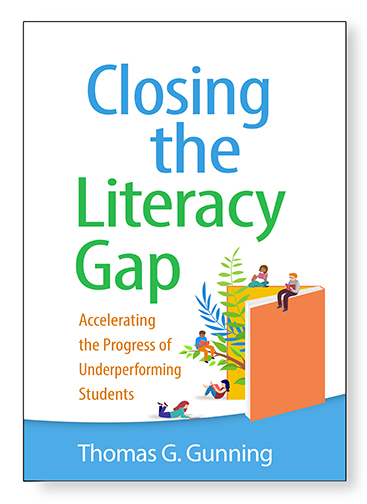Morphology: A Key Foundational Skill
Initially, students are taught to use phonological information to read words. This works well for words such as hat and pet, which have spellings that are easily translated into sounds, but it doesn’t work as well for words, such as does or been, whose spelling-sound correspondences aren’t as direct. Morphology is called for. As Hegland (2021) advises, “Literacy instruction must explicitly show students how to analyze spoken and written words. That means it must integrate morphology from the beginning, along with the typical elements of early literacy instruction” (p. 16). Words are composed of one or more morphemes. Being aware of the underlying morphemic structures of words aids both reading and writing. For the word does, understanding that it is composed of the morphemes <do> + <es> and is related to the word do, should foster accurate spelling and reading. Likewise, understanding that been is composed of the morphemes <be> + <en> and is related to be should facilitate the accurate spelling and reading of been (Hegland, 2021).
One approach that has been used successfully with young children is word family webs. In a word family web, students and teacher form words by adding affixes to a base word. You would explain and show them that a word family is made up of words that have a similar meaning and spelling. Writing farm on the board, you would ask students if they can think of words that have farm in them. You would add the words that they suggest. Write the base word in black and the affix or second base word in red and stress how its meaning has been changed by the addition of an affix or second base. For instance, when adding s, you might read farms and say, “The s tells me that this word is farms. The s on the end of farms is telling me that there is more than one farm as in ‘On our class trip we visited three farms.’” Students might also form, with teacher assistance, the words: helped, helping, helpers, helpful, helpfully, helpless, helplessly. For an example of a word family created with young children, see Nueva School, https://vimeo.com/189070725.
A particularly useful activity for older students is completing morpheme matrices in which students build words by adding prefixes and suffixes to a base, as in the matrix below. The matrix contains some advanced words. You can adjust the words included so that it fits your situation. Completing matrices fosters students’ ability to recognize and use morphemes to read words. This is a key ability. Below-level readers and even achieving readers often fail to note familiar parts in challenging words (Gunning, 2022). Building matrices is also a way of building vocabulary as it is a means for acquainting students with a large number of related words. In the next post, I will discuss word sums and another type of morpheme matrix.
| -tract | -or/er | –ed | –ing | -al | -able/ible | –ation | |
| tract | tractor | tractable | |||||
| intractable | |||||||
| ab | abstract | abstracted | abstracting | abstraction | |||
| con | contract | contractor | contracted | contracting | contractual | ||
| subcontract | subcontract | subcontracted | subcontracting | ||||
| de | detract | detractor | detracted | detracting | detraction | ||
| dis | distract | distractor | distracted | distracting | distractible | distraction | |
| pro | protract | protractor | protracted | protracting | |||
| re | retract | retractor | retracted | retracting | |||
| sub | subtract | subtractor | subtracted | subtracting | subtraction |
References
Gunning, T. (2022). Closing the literacy gap: Accelerating the Progress of Underperforming Students. New York: Guilford Press.
Hegland, S. S. (2021). Beneath the surface of words: What English spelling reveals &why it matters. Sioux Falls: Learning About Spelling.
Coming Soon
Available from Guilford Press June 29, 2022

Closing the Literacy Gap: Accelerating the Progress of Underperforming Students
Packed with practical tools, this book provides K–6 educators with a research-based framework for accelerating the reading and writing growth of underperforming students. Strategies and resources are included for building foundational skills, comprehension, and vocabulary; engaging students with independent reading and periodicals; developing writing; and implementing tutoring and other extra supports. The book gives special attention to helping those most affected by the literacy gap–Black and Latinx students, students living in poverty, and students with reading disabilities. It describes dozens of high-quality intervention programs, assessments, activities, and materials, many of which can be accessed for free at the companion website. Reproducible forms and handouts can be downloaded and printed in a convenient 8 1/2″ x 11″ size.